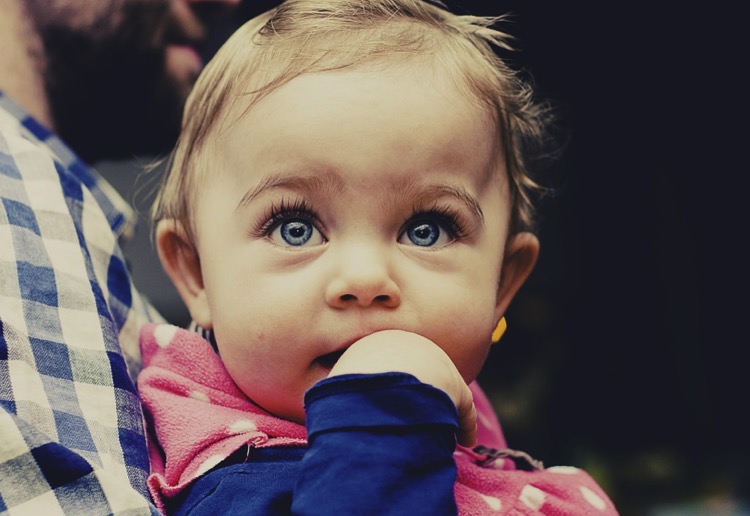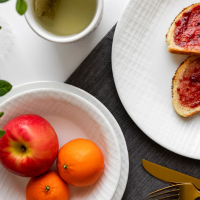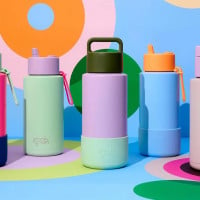We all want our child to be healthy.
Some of us spend hours finding ways to make sure veggies are being eaten, new foods are tried and that we are all round providing the best we can for out littlies.
Through all this, we often fail to notice the cocktails of toxic chemicals children are exposed to – being inhaled, absorbed or even consumed on a day to day basis. These chemicals can have effects such as hormone disruption, birth deformities and Autism.
We don’t want to focus on the negative but rather the positive. Being aware of what the harmful chemicals are and how they can be avoided is a simple but possibly life changing step you can take towards being an even better Parent than you already are. A lot of people panic that to avoid the toxic chemicals children are exposed to they are going to have to make huge changes to their lifestyle, or that it is going to send them broke. Realistically all that needs to happen is a few small tweaks to the products you buy or the methods you use in everyday life and the changes can be significant.
Here are 7 key toxic chemicals Children are exposed to on a day to day basis and how to avoid them.
Flame retardants
Flame retardants can be found all over the home but most commonly in Children’s furniture, clothing and bedding. Chemicals such as PBDE (Polybrominated diphenyl ethers)and TDCPP (Chlorinated Tris) are added to items such as those small foam coaches, car seats and nursing pillows but unfortunately don’t stay there.
As they are not chemically bound they then leach into the air as dust particles and as our little ones are so close to the floor they are bound to ingest some. The best way to minimise this is to clean and vacuum regularly and consider throwing out that beloved foam coach.
BPA/BPS
BPA is an endocrine disruptor. This means it mimics our hormones and can alter our children’s behaviour, brain development and fertility. A lot of companies have now acknowledged the risks of BPA and have removed it from their processes. It’s worth taking that extra 10 seconds to check the packaging and ensure your plastic is BPA free.
Plasticiser chemicals such as phthalates
Phthalates are found in a number of places such as in artificial fragrances, cheap toys, raincoats and those popular foam puzzle mats. Like BPA these are endocrine disruptors. Some of the best ways to avoid phthalates is to try and reduce the amount of plastic you buy and in particular to avoid the plastic being heated in any way.
Once plastic is heated toxic chemicals start to leach in the food it is containing or the hot bath water they are sitting in. Try and opt for wooden toys or for the bath maybe use some stainless steel kitchen utensils. Heat any food in glass and simply avoid artificial fragrances in products all together.
Pesticides
Most commonly found on our food in particular our fruit and veg. Try and buy organic where you can or even grow your own. Do a little research and see if there are any local crop swaps nearby or get a group of friends together and bulk buy your fruit, veg and even meat.
Lead
Pregnant women need to avoid lead as it can lead to birth defects or even miscarriages. Lead is often found in lipstick but also other beauty products so have a quick check. It can also be found in the wicks of cheap candles and in dust particles from paint residue.
Fluoride
Fluoride is actually banned in oral products in some countries due to it’s toxicity. It is derived from the superphosphate fertiliser industry and classified as hazardous waste. Some easy steps to avoid Fluoride is to filter your tap water (not all filters remove Fluoride so check this before you buy).
Chlorine
I have mentioned this one as many kids have swimming lessons and can spend hours in the pool at the weekend. Chlorine can irritate the skin especially sensitive and eczema prone skin. Some simple steps you can take are making sure goggles and a cap are worn, moisturising the skin with some oil such as coconut oil before they get in and giving them some Vitamin C before their swim and after to help neutralise the chlorine inside the body.
How do you keep these toxins away from your children? Share with us below.






















-

-
-
nealsq said
- 30 Apr 2017
-

-
-
mom81879 said
- 17 Apr 2017
-

-
-
mom160421 said
- 01 Apr 2017
-

-
-
mom112217 said
- 24 Mar 2017
-

-
-
mom206279 said
- 23 Mar 2017
-

-
-
mom160421 said
- 23 Mar 2017
Post a comment8:15 am
1:08 pm
5:40 pm
10:24 am
-

-
-
Rebecca Timmins replied
- 24 Mar 2017 , 8:59 pm
Reply6:26 pm
-

-
-
Rebecca Timmins replied
- 24 Mar 2017 , 9:01 pm
Reply1:43 pm
-

-
-
Rebecca Timmins replied
- 24 Mar 2017 , 9:02 pm
ReplyTo post a review/comment please join us or login so we can allocate your points.